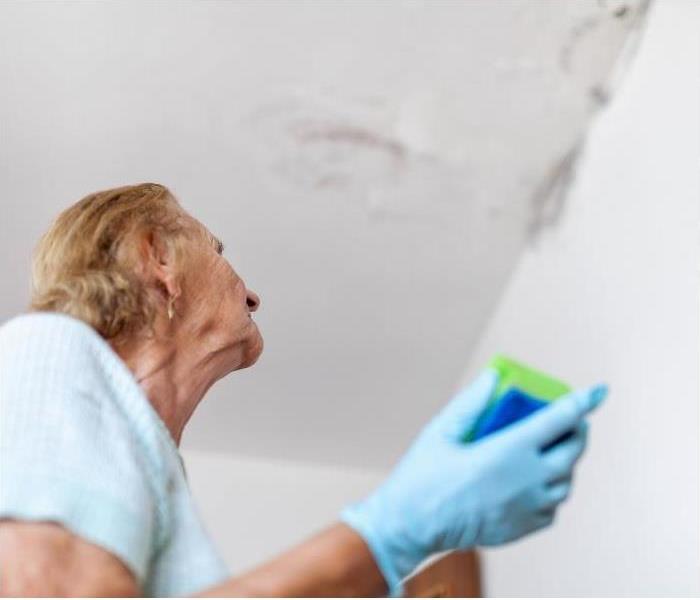Can You Live In a Home With Mold In the Walls?
10/13/2023 (Permalink)
Key Takeaways:
- Mold growth in homes is common but can be controlled.
- Early detection of mold can help prevent further damage.
- It’s important to properly address mold to prevent health risks.
- Professional mold remediation may be necessary for severe cases.
Mold can be a daunting issue for homeowners and renters alike, especially if it’s growing in the walls. If you suspect that you have mold in your home, it’s important to take action to protect your health and your property.
In this article, we’ll explore the signs of mold growth, the damage it can cause, and how to deal with it.
Signs of Mold Growth
Mold can grow in any damp environment. If you notice any of the following signs in your home, you may have mold growth:
- Discoloration on walls or ceilings
- Musty or earthy odors
- Condensation or moisture buildup
- Peeling or bubbling paint or wallpaper
- Visible mold growth on surfaces
If you notice any of these signs, it’s important to address the issue promptly to prevent further damage and potential health risks.
Mold Damage
Mold growth can cause a variety of problems for your home and health. Here are some of how mold can damage your property:
- Structural damage: Mold can weaken walls, ceilings, and other structural elements in your home.
- Health risks: Mold exposure can cause a variety of health issues, including respiratory problems, headaches, and fatigue.
- Decreased home value: Mold growth can lower the value of your home and make it difficult to sell.
Dealing with Mold
If you suspect that you have mold in your home, it’s important to take action promptly. Here are some steps you can take to address the issue:
- Identify the source of the moisture: Mold needs moisture to grow, so it’s important to identify and fix the source of the moisture to prevent further mold growth.
- Assess the extent of the damage: If the mold growth is extensive or if it’s located in an area that’s difficult to access, it’s best to hire a professional mold remediation company like SERVPRO of South and Northwest Grand Rapids to handle the job.
- Remove the mold: If the mold growth is limited, you can remove it yourself using a solution of bleach and water or a commercial mold removal product. Be sure to wear protective gear, including gloves and a mask, to protect yourself from exposure to mold spores.
- Monitor the area: After the mold has been removed, monitor the area to ensure that it doesn’t return. Keep the area clean and dry to prevent further mold growth.
Final Thoughts
It’s possible to live in a home with mold in the walls, but it’s not advisable. Mold growth can cause a variety of health issues and can damage your property. If you suspect that you have mold in your home, it’s important to take action promptly to prevent further damage and potential health risks. Be sure to identify the source of the moisture, assess the extent of the damage, and remove the mold promptly to keep your home clean and healthy.




 24/7 Emergency Service
24/7 Emergency Service
